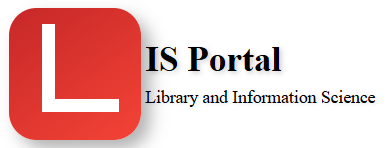Data mining is the process of discovering patterns, relationships, and insights from large amounts of data. It involves using algorithms and statistical models to identify patterns, correlations, and other insights in data. The goal of data mining is to extract valuable information from data to support decision making and problem solving.
In the context of library and information science, data mining can be used to analyze library data such as circulation records, resource usage, and user behaviors to identify trends, user needs, and preferences. This information can be used to make informed decisions about library collections, services, and facilities.
some of the tools used for data mining include:
-
Library management systems (LMS) – such as Koha or Evergreen, which often have built-in analytics and reporting capabilities for data mining library data.
-
Data visualization tools – such as Tableau or QlikView, which can be used to visualize and explore library data to identify patterns and relationships, such as circulation trends and resource usage.
-
Text mining tools – such as OpenNLP or KNIME, which can be used to analyze and extract insights from unstructured text data, such as library catalog records or user reviews.
-
Custom scripts – such as Python or SQL, which can be used to automate data mining processes and analyze data from various library systems and applications.
-
Machine learning frameworks – such as scikit-learn or TensorFlow, which can be used to build predictive models from library data, such as predicting user behavior or resource usage patterns.
These tools help libraries and archives to analyze and extract insights from their data to inform decision making and improve their services. The specific tools used will depend on the needs and requirements of the organization and the size and complexity of the data set.
The specific tools used for data mining will depend on the size and complexity of the data set, the goals of the project, and the skills and experience of the team involved. In many cases, a combination of tools may be used, such as using a database to store data, a statistical software for modeling, and a data visualization tool for presenting results.
